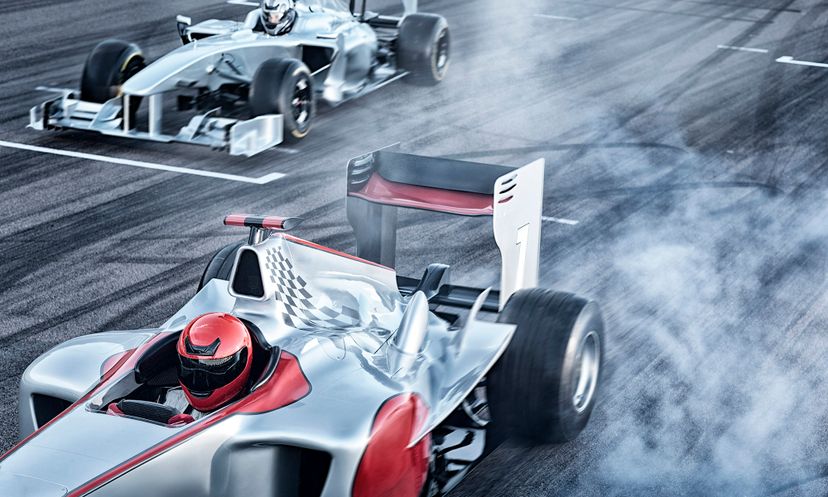
About This Quiz
Don't be intimidated by this quiz if you don't can't tell a carburetor from an alternator. Take it and learn a little something about what's going on under the hood of your car.An internal combustion engine uses four strokes: intake, compression, combustion, exhaust.
It's inline, V and flat
The third common problem is bad fuel mix, which can be caused by a number of factors, including water in the gas tank and the age-old "you're out of gas."
Advertisement
The pistons need oil to keep moving smoothly. If they don't, everything else grinds to a halt, too.
In a gas engine, the spark from the spark plugs ignites the fuel. In a diesel engine, the fuel is ignited by the heat and pressure of the compression stroke in the cylinder.
The camshaft operates the valves. You might have heard of "overhead cams," which means the camshaft is above the valves.
Advertisement
The radiator and water pump comprise the cooling system in most cars -- in the Volkswagen Beetle, however, the engine is air-cooled.
Carburetors were basically rendered obsolete by fuel injection.
The catalytic converter basically is the emission control system -- it monitors unused fuel and other chemicals in the exhaust.
Advertisement
Downforce is the opposite of lift -- the force that presses an object in the direction of the ground.
As an object accelerates, it's velocity and drag increase.
Drag increases and becomes equal to weight as a car's speed increases. More and more air pushes against it and eventually restricts its speed.
Advertisement
Low drag coefficient = more aerodynamic
The equation is too complicated to go into here, but it comes out to around .3 for most cars.
SUVs and pickup trucks are bigger and boxier -- and therefore less aerodynamic -- than cars, so they have a slightly higher drag coefficient, usually about .4.
Advertisement
Reducing a car's drag coefficient by .01 can result in a 0.2 miles per gallon (.09 kilometers per liter) increase in fuel economy.
The Prius has a drag coefficient of .26, which is part of why it gets such good gas mileage.
The Chrysler Airflow had a drag coefficient of only .27, but it flopped because consumers didn't like the way it looked.
Advertisement
Wind tunnels are now increasingly used just to test the accuracy of computer simulations.
F1 racecars are so lightweight and hit such high speeds that they can begin to experience lift. So downforce is maximized with wings and spoilers that channel airflow toward the ground.